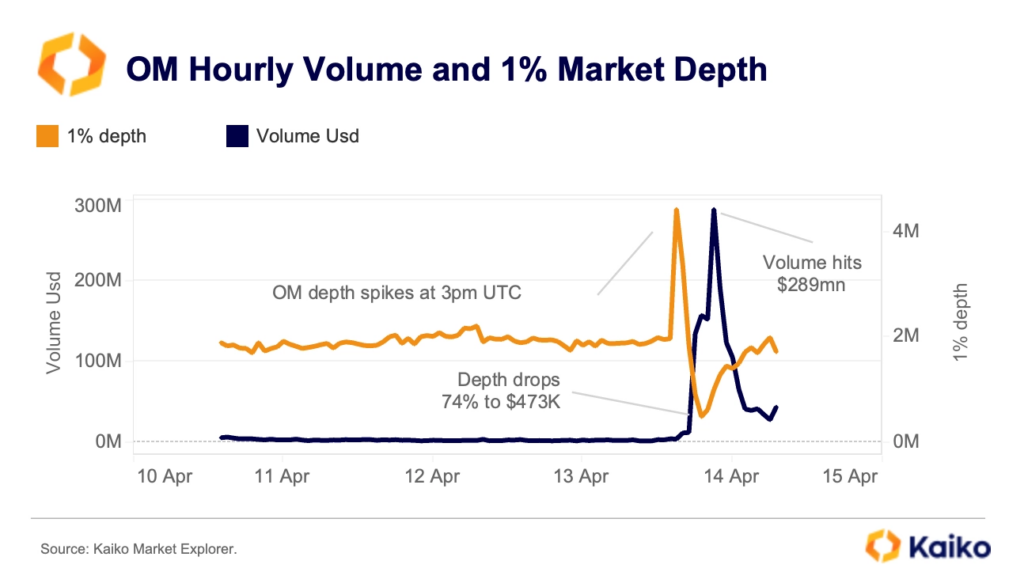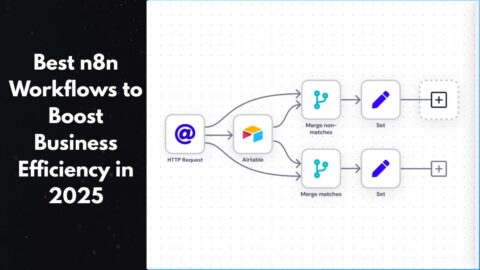Mantra’s collapse this week is raising questions about the project’s future, but also about the impending risks of low liquidity for other DeFi platforms.
Analysts are still examining the Mantra (OM) collapse, which wiped out $5 billion of the token’s value. A recent report by Kaiko, published on Monday, April 14, examines the liquidity conditions that led to the crash.
According to Kaiko, low liquidity, compounded by long liquidations, was likely one of the reasons behind the crash. A large price drop overwhelmed the markets, leading to a collapse in market depth from $290 million to just $473,000.

In simple terms, there were no buyers to absorb the selling pressure, which exacerbated the collapse. What made the crash even worse were the subsequent liquidations of long positions. These liquidations amounted to $21 million on OKX alone, placing further selling pressure on the market.
Did insiders dump their Mantra tokens?
While the exact cause remains uncertain, Kaiko points out that one potential explanation is large insider sales. Moreover, several independent investigators share this view. One blockchain investigator, Max Brown, claims that the team controlled 90% of the token supply to artificially boost the token’s availability.
OddEyeResearch also claimed that the crash resulted from an attempt at market manipulation. They pointed to large movements from CEXs to unidentified wallets and back, which they believe are actually Mantra’s wallets.
The crash came, according to OddEyeResearch, when one group member “betrayed” the scheme. They added that this could have been either a result of a voluntary sale or of forced liquidations. In any case, the subsequent crash under low liquidity conditions prompted others to panic sell.
In particular, forced CEX liquidations are what Mantra CEO JP Mullin blamed for the crash. However, because exchange transactions are not easily visible on-chain, investigators can’t independently verify what happened.
In either case, Mantra has so far not come anywhere close to recovering its value. On April 15, OM was still trading at $0.8213, somewhat recovering from its $0.4823 low the day prior. However, OM is roughly 90% below its high of $7.09 last week.



